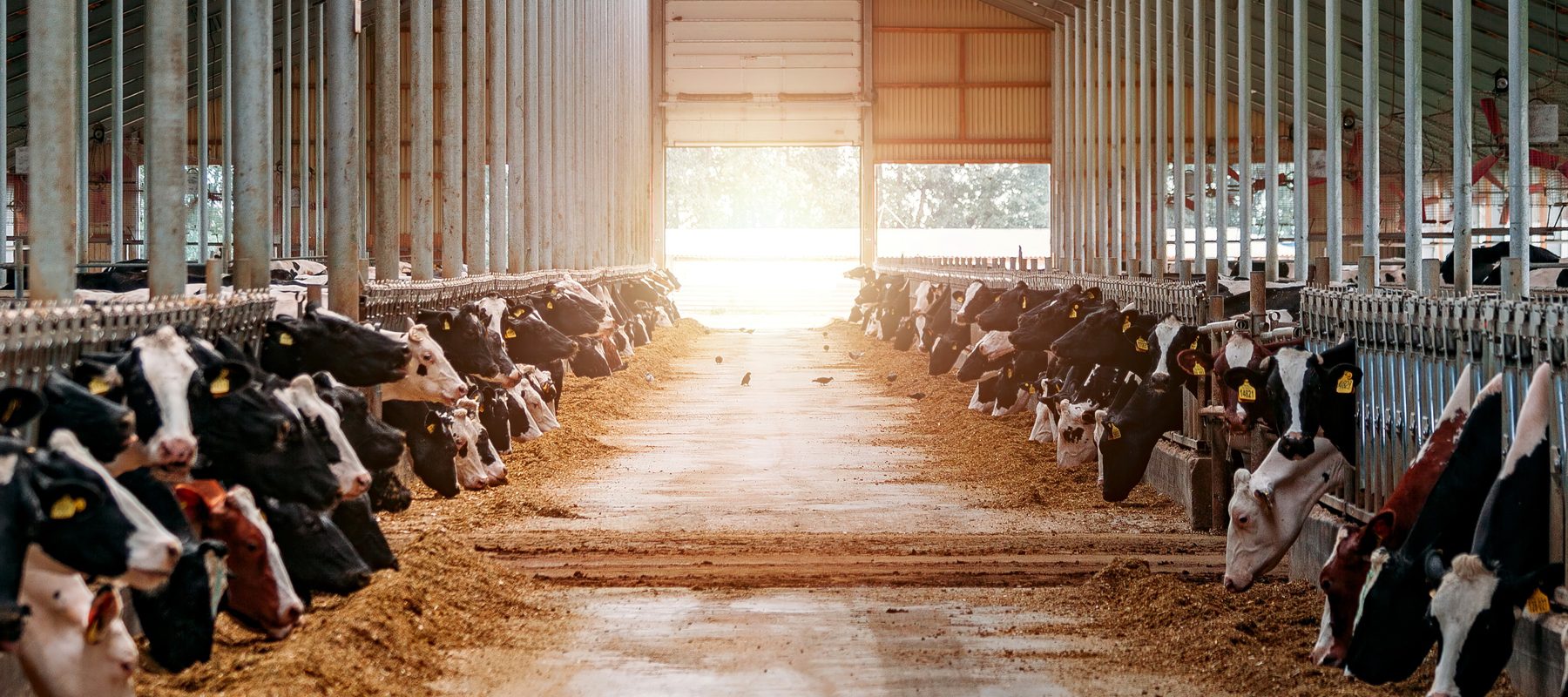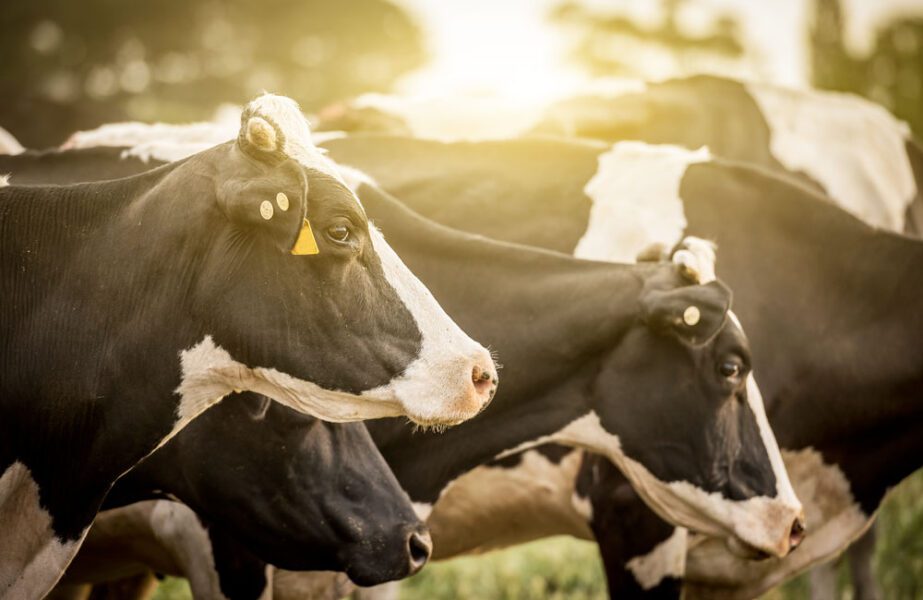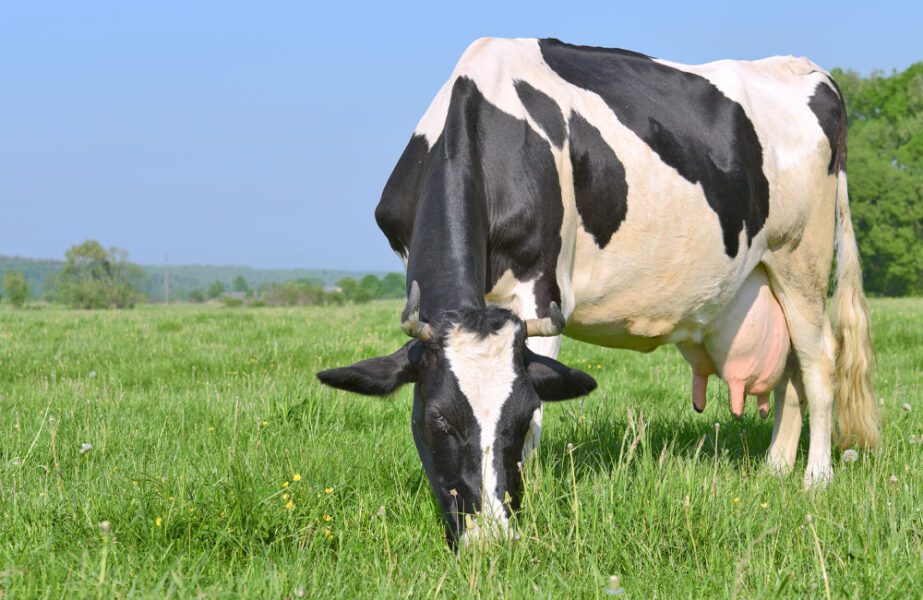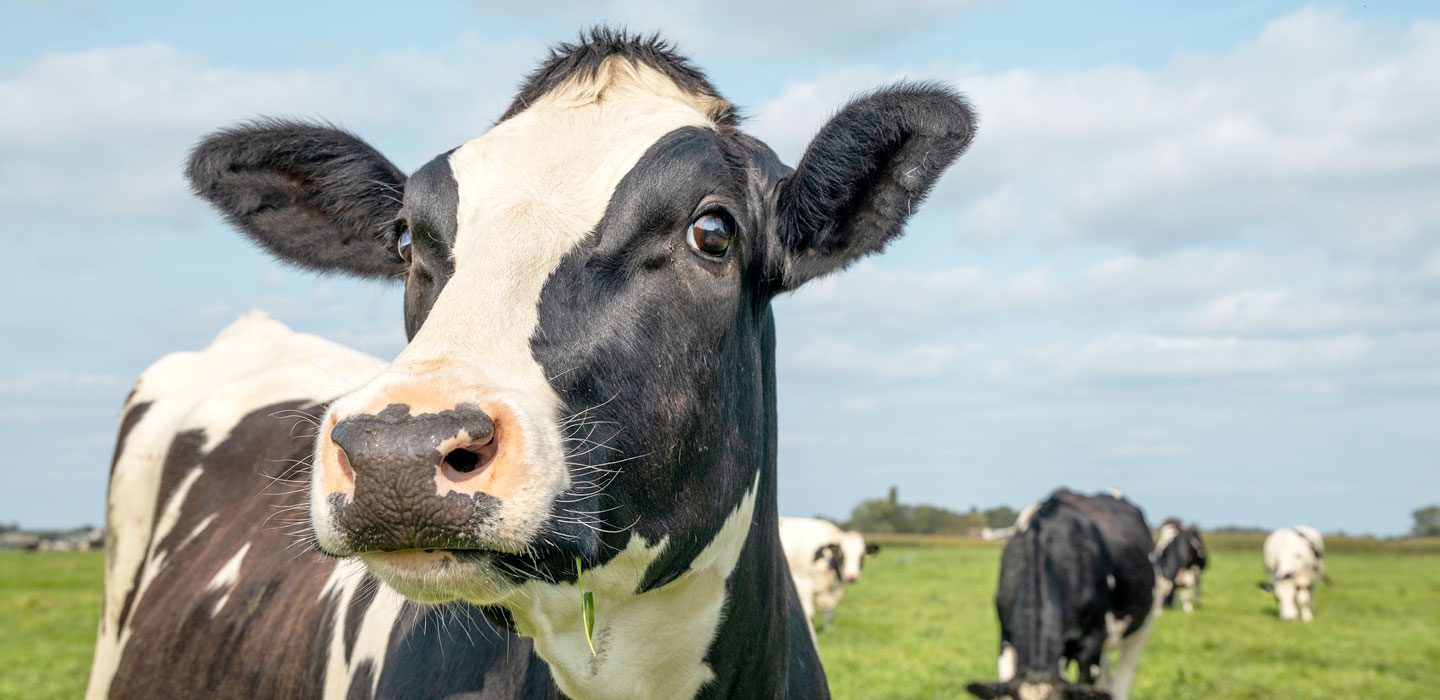The Process
The C.O.W.S.® Program evaluates individual dairy farms relative to benchmarks on several cow comfort measures (lying time measured with transponders, gait score, etc.), facility design and management measures. Additionally, the program provides feedback to the individual dairy with ratings on all variables. The aim is to optimize dairy cow well-being, comfort, and productive efficiency by providing a systematic approach to improve management focus and practice.





